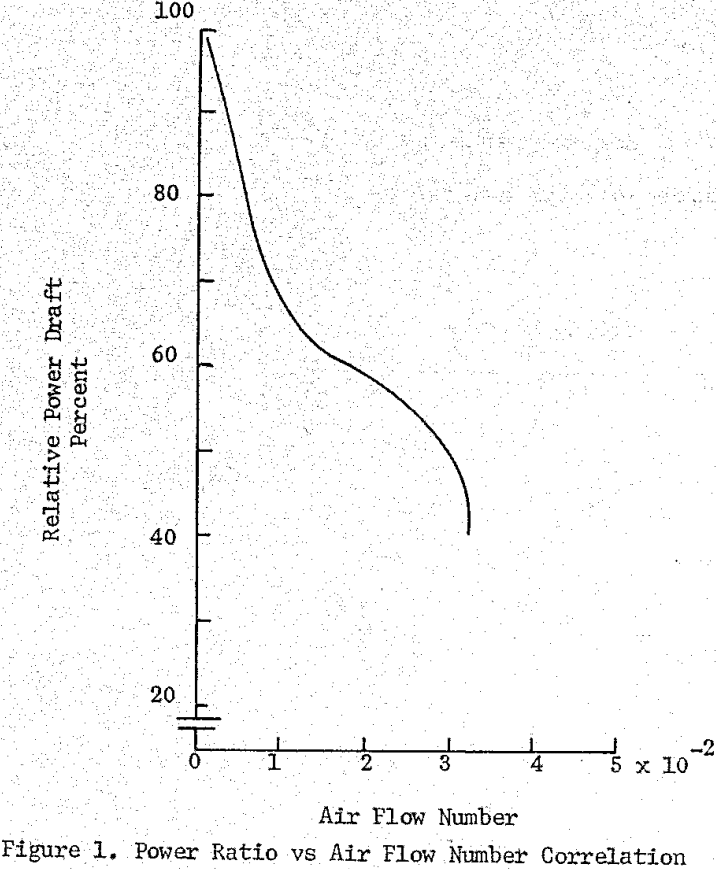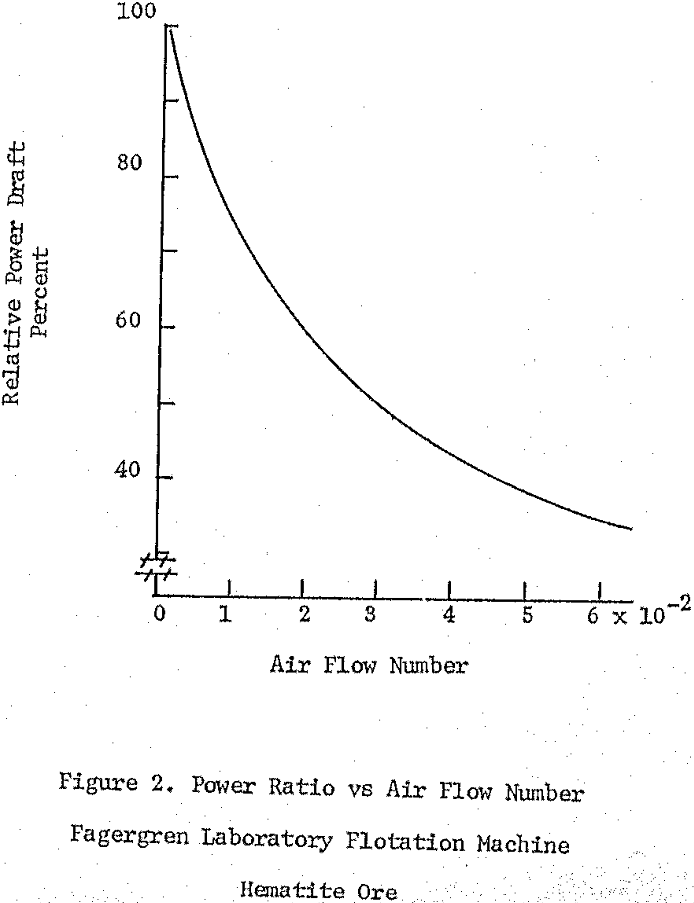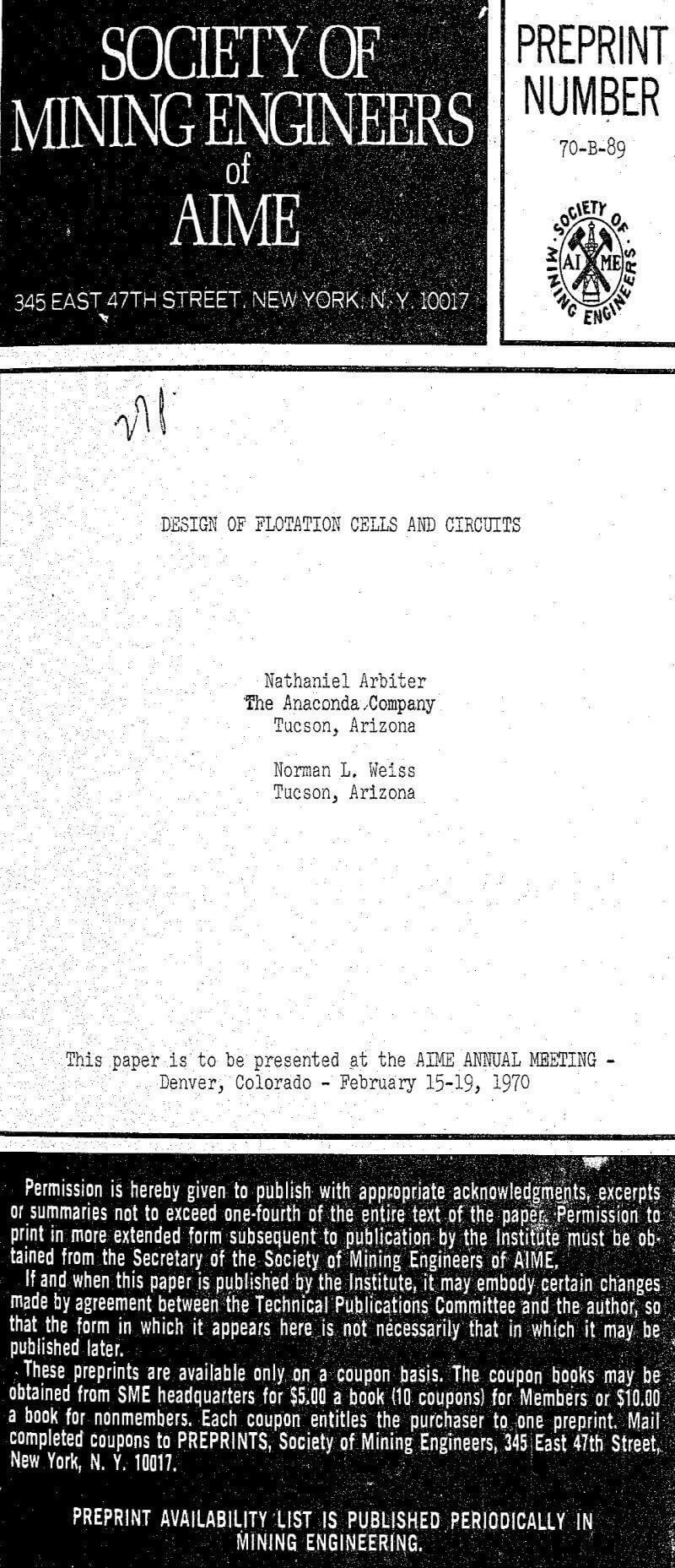Table of Contents
After almost 60 years of application in this country froth flotation is still by far the most important process for concentrating metallic ores as well as a number of nonmetallic ores including fluorspar, phosphate rock, and potash. Its use on iron ores and coal is increasing. In the metals groups the largest plants and the greatest progress are found in copper and molybdenum mills, and the section of this paper that deals with applications will be found most pertinent to that field.
During its long reign the flotation process has passed through several phases of evolution and has achieved progress in economy, efficiency, and simplicity of operation. Much of today’s success in the flotation of low-grade ores can be attributed to that progress.
Principles of Machine Design
In discussing problems in flotation machine design and operation, it is necessary to consider first the functions of the machine. Detailed analyses have been given elsewhere, so that only the essentials will be reviewed here. Separation of minerals by flotation involves the selective concentration of certain minerals in the froth; from here by overflow or mechanical scraping they are isolated from the tailings fraction, which flows out of the cells. The preconditions for the froth concentration step are first the requisite mineral- surface property of hydrophobicity which is usually obtained in a pretreatment step; and then in the cells the attachment of hydrophobic particles to air bubbles. The necessary conditions in the cells for the attachment are an effective distribution of particles and air bubbles throughout the cell volume, and the accompanying hydrodynamic conditions necessary for the attachment to take place.
In spite of the importance of this latter aspect of flotation little is known about it quantitatively. Two possible modes have been postulated: particle/bubble collision, or bubble growth on hydrophobic surfaces from dissolved air as a result of pressure differentials within the pulp. Originally, proponents of the bubble growth hypothesis cited only the reduced pressure directly behind impeller blades as effective. Modern turbulence theory, however, suggests pressure differentials within turbulent pulp as a result of velocity differentials, so that this mode need not be restricted to the impeller zone. While both of these modes of attachment are plausible and can be demonstrated in highly simplified models of the flotation process, it has never been shown in working cells whether one or the other is dominant, or whether both may be important.
All of the effects obtained in the cell are the results of its capacity to circulate pulp. It may draw in air, and in all cases it mixes air, by entrainment and engulfment as the pulp flows through the impeller zone. Similarly, particle suspension depends on the velocity of pulp flow throughout the cell, which in turn depends on the rotational speed, dimensions, and design features of the impeller, interacting with the shroud-baffle-tank system,. It has been shown elsewhere that flotation cell impellers operate in a flow regime of fully developed turbulence, with Reynold’s numbers greater than 10 5, and that they can be characterized by their power numbers (Power number = Np = Hpg/ρN³ D 5).
It has been argued that the power intensity in a working cell is a measure of the conversion of the kinetic energy in the flowing pulp through,turbulence into heat. These phenomena in turn accomplished the major functions of the cell, which are particle suspension and dispersion, and air mixing and dispersion.
Aeration quantity refers to the volumetric air flow rate. But to relate this to system size it is more meaningfully expressed as the ratio of flow rate to cell area, which is a superficial escape velocity, or to cell volume, which gives a nominal air retention time. Aeration has three major functions. Directly and obviously it provides the means for carrying out flotation: (1) Disseminated bubble air through particle attachment is the vehicle by which floatable particles are carried into the froth; this depends upon the volume concentration of bubbles which in turn depends on bubble size and volumetric air flow rate; (2) Additionally, air flow rate influenced by frother, and by mineral properties and cell geometry, determines the froth volume; (3) Equally important, air flow rate and impeller speed (Air-flow number) have a critical effect on coarse particle flotation.
Design Problems for Larger Cells
The foregoing analysis points out that for general applicability and particularly in view of the increasing trend to coarser flotation feeds, the larger cells now inevitable must be designed and operated: (a) with optimum coarse particle suspension as the dominant design criterion; (b) with provision for locating at least in test facilities—the flow number appropriate to each grind and ore density combination. This means that it is at least necessary to provide for varying the air supply, even with self-aerating cells, and in most cases to provide variable impeller speeds as well.
Other design considerations are also important and need comment and criticism. In arriving at the larger cell sizes now available, which cover the range from 100 to 500 cu ft per cell, two different paths were taken by the manufacturers. The first larger cell, and the simplest to design, was the multi-spindle type, this is actually a compromise that lacks the major cost savings obtainable with the single mechanism in a single large tank. It avoids the scale-up problem almost entirely by combining available smaller cells to obtain the larger unit.
The other approach has been to design a single large tank with its single mechanism. To obtain the tank and impeller dimensions some adherence to principles of similitude is evident, using the smaller system sizes as models, but this is unfortunately neither rigorous nor consistent. The disadvantages resulting from lack of full similitude are that the hydrodynamic and flotation behavior of each size becomes unpredictable at worst, and poorly or inadequately correlatable with the behavior of smaller sizes of the same design at best. This same failure in scale-up predictability has been a problem with varying degrees of severity ever since the beginnings of laboratory and pilot plant flotation testing. It will continue to be a problem until manufacturers of cells adopt a different policy.
Circuit Design and Operation
The accelerating trend to larger flotation cells will be considered in these aspects: picking the right equipment and putting it together in the right manner.
The first problem we run into in choosing the right machine is the scale-up from the laboratory or pilot-plant test results to full scale, and this is a complex matter. Many factors vary widely from the simple bench test to the 50-200 TPD pilot plant, relatively well-controlled, and again from there to the full-scale mill where many conditions are going to be quite different. A laboratory test may, for example, indicate eight minutes of roughing time under ideal conditions; the pilot plant testing which often follows bench testing may show the need for 15 minutes; and the end result may be somewhere between these two or even greater than both.
With today’s wide choice of cell volumes, and with the roughing time decided upon, the size of cell that will give the best metallurgical result compatible with total cost is easily selected, but one more condition must be met: the number of cells in a string of roughers should not be less than 12, and preferably 14. Further, in a mill handling more than 1,000 TPD, it will generally pay to select a size that will require at least two rougher (or rougher plus scavenger) strings. For example, a 10,000-ton mill handling ore of 2.7 S.G. at 35 percent solids and requiring 11 minutes average retention time could do the job in one row of eighteen 300 cu ft cells, but two rows of fourteen 200 cu ft cells would be a better installation except when early enlargement is reasonably certain.
This is not to say that purely comparative testing cannot be achieved in a reliable and accurate manner, but simply that the cost of doing it well’ is not often warranted. Nevertheless there are many mills today that strive to compare two flotation sections side-by-side for test purposes when in fact sampling is totally inadequate, and little trouble is taken to feed both sections with known weights of identical ore. Worse still, mills even today try to compare a modern machine with an old machine, or a large machine with a small machine, or different new large machines, on the basis that tons per unit of volume shall be the same, or reagents shall be the same, or power consumption shall be the same, etc., when it should be evident that nothing of real value can result from this form of bias or prejudgment, or in the absence of similitude considerations that are described elsewhere in this paper. In such testing statistical analysis in machine comparisons is greatly overrated.
The cleaning section of the flotation department, which includes such steps as recleaning, multiple cleaning, cleaner tailing scavenging, reflotation, “middling” thickening, rougher concentrate thickening, classification, and re- grinding, deserves more thought than it has had in most mills.
Until only a few years ago mechanical flotation machine capacity was limited to eight to 15 tons of ore per running foot per 24 hours, and this meant that a “small” 10,000 TPD mill needed in the neighborhood of 150 rougher cells, while a 30,000-ton mill would need about 500 rougher cells. With the same units the mill of tomorrow would need 1,500 or more cells. We need not dwell upon the impracticality of trying to operate, sample, instrument, and computerize a large mill under such circumstances. Today’s and tomorrow’s cells will handle 70-100 tons per running foot per day or more, so that the installed per-ton-ore cost of flotation machinery, samplers, and instrumentation will he very low by comparison. In feet, the day may not be far off when a 100,000 TPD mill will install controls on only one grinding mill (or section) and one rougher string, the rest of the grinding sections and rougher strings being “cyberized” or guided by the one fully instrumented unit.
If, as recommended the concentrate regrind mills are “ganged” or centralized, so that the appropriate capacity can be utilized under all circumstances, and repair poses; no operating problem, there are two general locations for these mills: (1) on the basement floor either below the flotation machines or in a separate-low bay, or (2) in the main grinding line where crane service and ball feeding are conveniently available. The principal factor, besides servicing the mills, is pumping.
 |
 |

